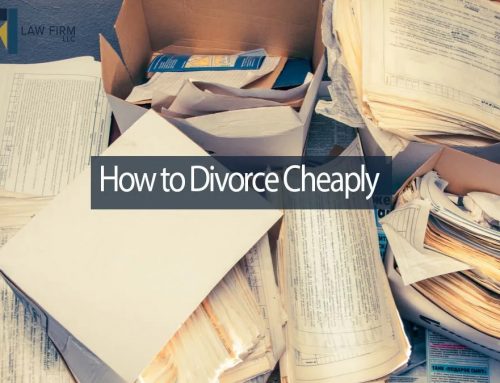What you may not know about recorded plats and implied easements.
What is an easement?
An easement is “…the right to use real property of another for a specific purpose.” APA: Easement Definition | Law.com (n.d.). So basically, you still own your property but someone else can use it. For example, a shared driveway for access to and from the public street to another lot.
We are the Kings and Queens of Our Castles, Right?
When we buy a home or commercial building we expect to own it free and clear. We are the kings or queens of our castles. Of course, when we finance our home purchase, we understand that the lender may take back the property to satisfy our debt if we default on our mortgage. We also understand that to have public electricity, water and sewage service we allow those public utilities on our land to provide the services to us. But what happens when someone else claims they have the right to use a portion of your lot and there is no recorded easement agreement?
Express and Implied Easements
In South Carolina, there are two general types of easements: expressed and implied. Express easements are written and created by contract, deed or another kind of writing. South Carolina has recognized easements by implication. There are different types of implied easements by necessity and by prior use. There are also prescriptive easements. Boyd v. Bellsouth Telephone, 633 SE 2d 136 (2006), Prescriptive easements are easements that are gained due to “adverse possession,” identification of the use of the land and continued and uninterrupted use for 20 years.
Implied Easements
Implied easements are enforceable once a court decides a dispute between landowners. In a recent South Carolina Supreme Court case, Gooldy vs. The Storage Center-Platt Springs, LLC, In the Supreme Court of South Carolina, Opinion No. 27782 (March 14, 2018) the court found that “…Gooldy was entitled to an implied easement where his deed incorporated by a reference a plat that indicated a road, marked “50’Road,” bordered the adjoining property owned by…” the Storage Center. The plat at issue was within the Storage Center’s chain of title. When the Storage Center purchased the land next to Gooldy the plat referenced in the Storage Center’s deed did not include the “50’ Road.”
The court will look to the time when the easement was created, not when the current property owners obtained the property. After reviewing the facts surrounding the creation of the easement in 1986, the master in equity found that at the time the plat was submitted the owner then intended to carry out the previous owner’s intent to build a road by marking it on the plat at issue. It did not matter that the owner eventually abandoned its plans to develop the road and subdivision.
Another essential factor in upholding the presumption of an implied easement was that one owner formerly owned both properties subdivided the property with the plat showing the road as the southern boundary of the property Gooldy ultimately purchased.
Get Help Today
If you want to create an easement or have any questions, contact Klok Law Firm LLC. Also, follow us on FaceBook. We provide real estate closing services in Charleston, Dorchester, and Berkeley counties.





